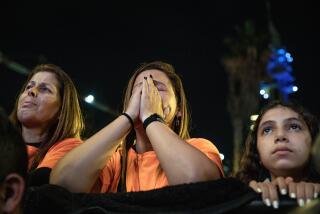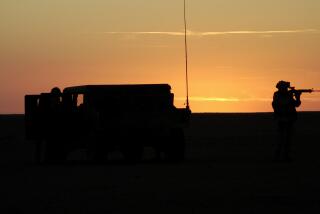PTSD--Shellshock--Hit Vietnam Vets Hardest
- Share via
The symptoms of what is now labeled post-traumatic stress disorder have been known since World War I, said Susan Houston, a clinical psychologist at the Department of Veterans Affairs Medical Center in Long Beach. Then, it was called combat neurosis and shellshock.
But the Vietnam War was unusual in some ways, she said, and Vietnam veterans “proportionately have more PTSD than veterans of other wars.”
Unlike World War II, where veterans went to war with a unit and served for the duration, Vietnam veterans went as individuals. And when their 12 months were up, they were literally plucked from the people they were fighting with and quickly returned home--from combat zone to living room in less than 24 hours.
America’s longest and most unpopular war also was a guerrilla war in which it wasn’t always clear who the enemy was: Old people as well as women and children could be combatants, and those who appeared to be friends during the day might become the enemy at night.
The ideological basis for the Vietnam War also was unclear, Houston said. And when veterans returned home, there were no heroes’ welcomes, no parades. In fact, many were openly scorned.
Vietnam combatants also were younger than those of their father’s generation: the average age for World War II soldiers was 26; in Vietnam it was 19. “You’re dealing with younger guys with less life experience,” said Houston, “and it was harder for them to readjust.”
More to Read
Sign up for Essential California
The most important California stories and recommendations in your inbox every morning.
You may occasionally receive promotional content from the Los Angeles Times.










